Home>Furniture & Design>Bathroom Accessories>How To Prevent Mold On Toothbrush
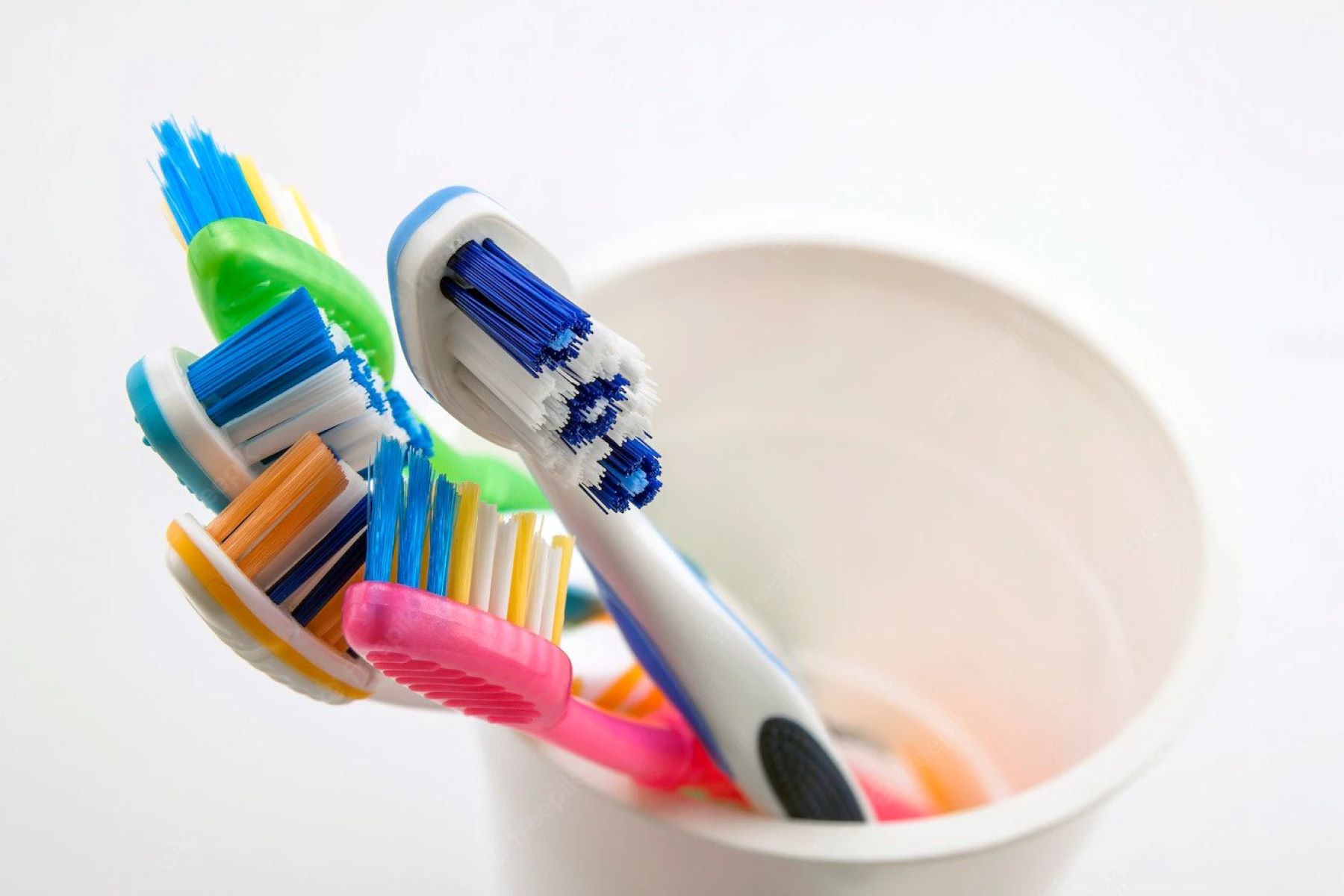

Bathroom Accessories
How To Prevent Mold On Toothbrush
Modified: February 17, 2024
Learn effective tips for preventing mold on toothbrush and maintaining bathroom accessories. Keep your toothbrush clean and hygienic with these simple strategies. Protect your oral health and bathroom hygiene.
(Many of the links in this article redirect to a specific reviewed product. Your purchase of these products through affiliate links helps to generate commission for Storables.com, at no extra cost. Learn more)
Introduction
When it comes to maintaining good oral hygiene, the toothbrush is an indispensable tool. However, have you ever noticed a faint, musty odor emanating from your toothbrush? Or perhaps you've spotted small, discolored spots on the bristles? These are telltale signs of mold, a common issue that can affect toothbrushes if proper care is not taken.
Mold growth on toothbrushes can be a cause for concern, as it introduces potentially harmful microorganisms into your mouth. The presence of mold on a toothbrush can compromise its effectiveness in cleaning your teeth and gums, and it may even lead to oral health issues if not addressed promptly.
In this article, we will delve into the nuances of preventing mold on toothbrushes. By understanding the factors that contribute to mold growth and implementing effective preventive measures, you can ensure that your toothbrush remains a reliable ally in your oral care routine. Let's explore the strategies for safeguarding your toothbrush against mold, so you can maintain a clean and healthy smile.
Key Takeaways:
- Keep your toothbrush mold-free by rinsing it after use, storing it upright, and replacing it every 3-4 months. Good oral hygiene starts with a clean toothbrush!
- Enhance bathroom ventilation, consider UV sanitization, and opt for antimicrobial bristles to prevent mold on toothbrushes. A mold-free toothbrush supports a healthy smile!
Read more: How To Prevent Mold In Closet
Understanding Mold on Toothbrushes
Mold is a type of fungus that thrives in damp, dark environments, making the bathroom an ideal breeding ground. When it comes to toothbrushes, mold can take hold on the bristles, handle, and even the base of the brush. The presence of mold on a toothbrush is not only unsightly but also poses potential health risks.
The moist environment of the bathroom, coupled with the residual water on the toothbrush after use, creates the perfect conditions for mold to flourish. Additionally, storing toothbrushes in closed containers or in close proximity to other damp objects can exacerbate the problem.
Mold on toothbrushes can manifest in various forms, including discoloration of the bristles, a musty odor, and visible spots or patches. These signs indicate the presence of mold or mildew, which can compromise the cleanliness of the toothbrush and, by extension, the oral hygiene of the user.
Understanding the factors that contribute to mold growth on toothbrushes is crucial for implementing effective preventive measures. By recognizing the environmental conditions that promote mold development and the visual indicators of mold presence, individuals can take proactive steps to mitigate this issue and safeguard their oral health.
In the next section, we will explore practical tips for preventing mold on toothbrushes, empowering you to maintain a hygienic and mold-free oral care routine.
Rinse your toothbrush thoroughly after each use and store it in an upright position to air dry. Replace your toothbrush every 3-4 months to prevent mold growth.
Tips for Preventing Mold on Toothbrushes
-
Proper Storage: After each use, thoroughly rinse your toothbrush with tap water to remove any remaining toothpaste and debris. Shake off excess water and store the toothbrush in an upright position to allow for proper air circulation and faster drying. Avoid covering the toothbrush or storing it in closed containers, as this can trap moisture and promote mold growth.
-
Regular Replacement: Monitor the condition of your toothbrush and replace it every three to four months, or sooner if the bristles appear frayed or worn. A fresh toothbrush not only ensures effective cleaning but also reduces the likelihood of mold accumulation over time.
-
Ventilation: Enhance the air circulation in your bathroom by using exhaust fans or opening windows during and after showering. Adequate ventilation helps reduce humidity levels, thereby creating a less favorable environment for mold to thrive, including on toothbrushes.
-
UV Sanitization: Consider using a UV toothbrush sanitizer, which utilizes ultraviolet light to kill bacteria and mold on toothbrushes. These devices provide an additional layer of protection against microbial contamination and can be a valuable investment for maintaining oral hygiene.
-
Dry Brushing: Before using your toothbrush, ensure that your mouth is free of excess moisture. Dry brushing can help minimize the transfer of moisture to the toothbrush, reducing the potential for mold growth. Additionally, allowing the toothbrush to air dry thoroughly between uses is essential for preventing mold formation.
-
Individual Storage: If multiple toothbrushes are stored in close proximity, ensure that they are not touching each other. This prevents the transfer of moisture and minimizes the risk of mold spreading between brushes.
-
Antimicrobial Bristles: Consider using toothbrushes with antimicrobial bristles, which are designed to inhibit the growth of bacteria and mold. These specialized bristles can provide an added layer of defense against microbial contamination, contributing to a cleaner oral care routine.
By incorporating these preventive measures into your daily oral care regimen, you can effectively mitigate the risk of mold growth on toothbrushes. Maintaining a clean and mold-free toothbrush not only supports optimal oral hygiene but also contributes to overall health and well-being. With these strategies in place, you can confidently prioritize the cleanliness and effectiveness of your oral care tools.
Conclusion
In conclusion, preventing mold on toothbrushes is a vital aspect of maintaining optimal oral hygiene and overall health. By implementing the tips and strategies outlined in this article, individuals can proactively safeguard their toothbrushes against mold growth, ensuring that their oral care tools remain clean, effective, and free from microbial contamination.
The presence of mold on a toothbrush not only compromises its functionality but also introduces potential health risks. Mold and mildew thrive in damp, dark environments, making the bathroom a prime breeding ground. Factors such as inadequate ventilation, improper storage, and residual moisture on toothbrushes contribute to the proliferation of mold, underscoring the importance of preventive measures.
Proper storage and regular replacement of toothbrushes are fundamental practices for preventing mold. By allowing toothbrushes to air dry in an upright position and avoiding enclosed storage, individuals can minimize the risk of mold formation. Additionally, replacing toothbrushes every three to four months, or sooner if the bristles show signs of wear, ensures that the tools remain effective and free from mold accumulation.
Enhancing bathroom ventilation, utilizing UV toothbrush sanitizers, and practicing dry brushing further contribute to mold prevention. Adequate air circulation, whether through exhaust fans or open windows, reduces humidity levels and creates an inhospitable environment for mold. UV toothbrush sanitizers offer an additional layer of defense against microbial contamination, while dry brushing minimizes the transfer of moisture to toothbrushes.
Individuals may also consider toothbrushes with antimicrobial bristles, which inhibit the growth of bacteria and mold, providing an extra level of protection. By incorporating these strategies into their oral care routine, individuals can mitigate the risk of mold on toothbrushes, promoting a clean and hygienic environment for oral hygiene.
Ultimately, the prevention of mold on toothbrushes is not only a matter of maintaining cleanliness but also a proactive step toward preserving oral health. By prioritizing the care and maintenance of toothbrushes, individuals can ensure that their oral hygiene routine remains effective and free from potential microbial threats. With these preventive measures in place, individuals can confidently embrace a mold-free approach to oral care, supporting their overall well-being and vitality.
Frequently Asked Questions about How To Prevent Mold On Toothbrush
Was this page helpful?
At Storables.com, we guarantee accurate and reliable information. Our content, validated by Expert Board Contributors, is crafted following stringent Editorial Policies. We're committed to providing you with well-researched, expert-backed insights for all your informational needs.
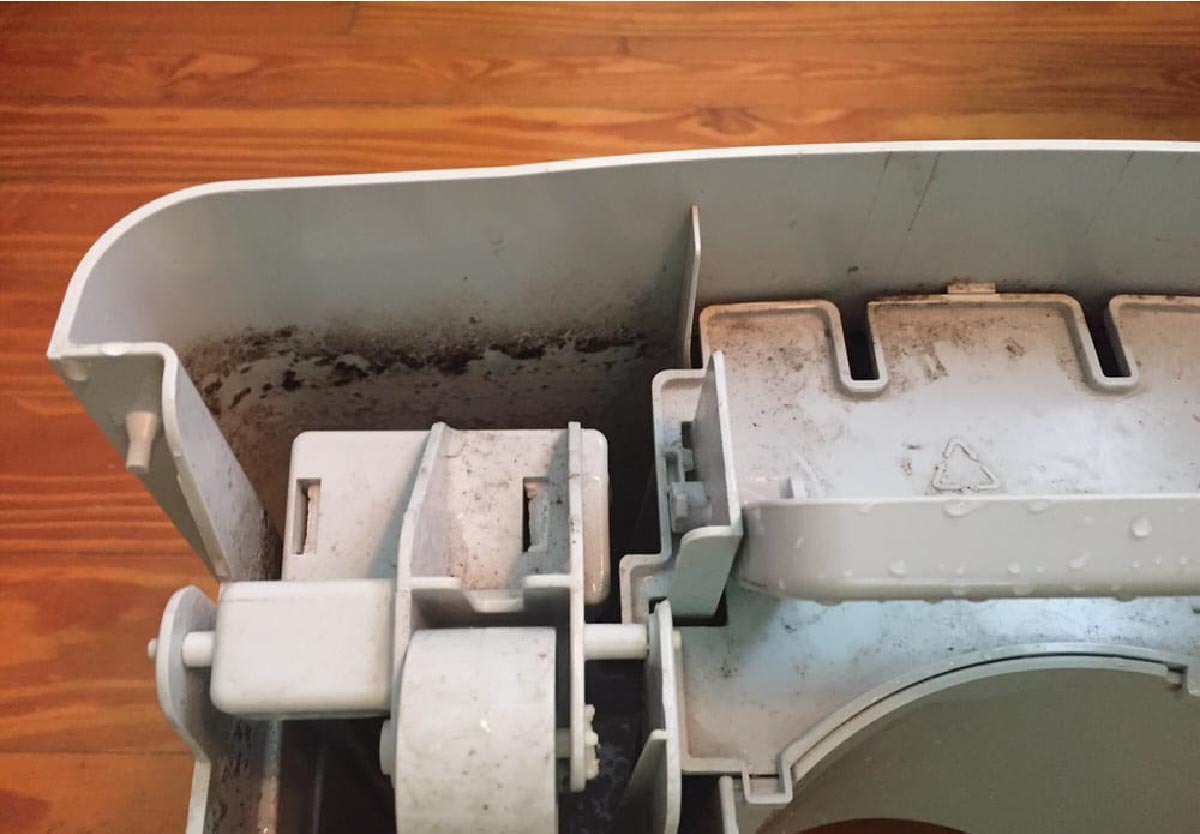

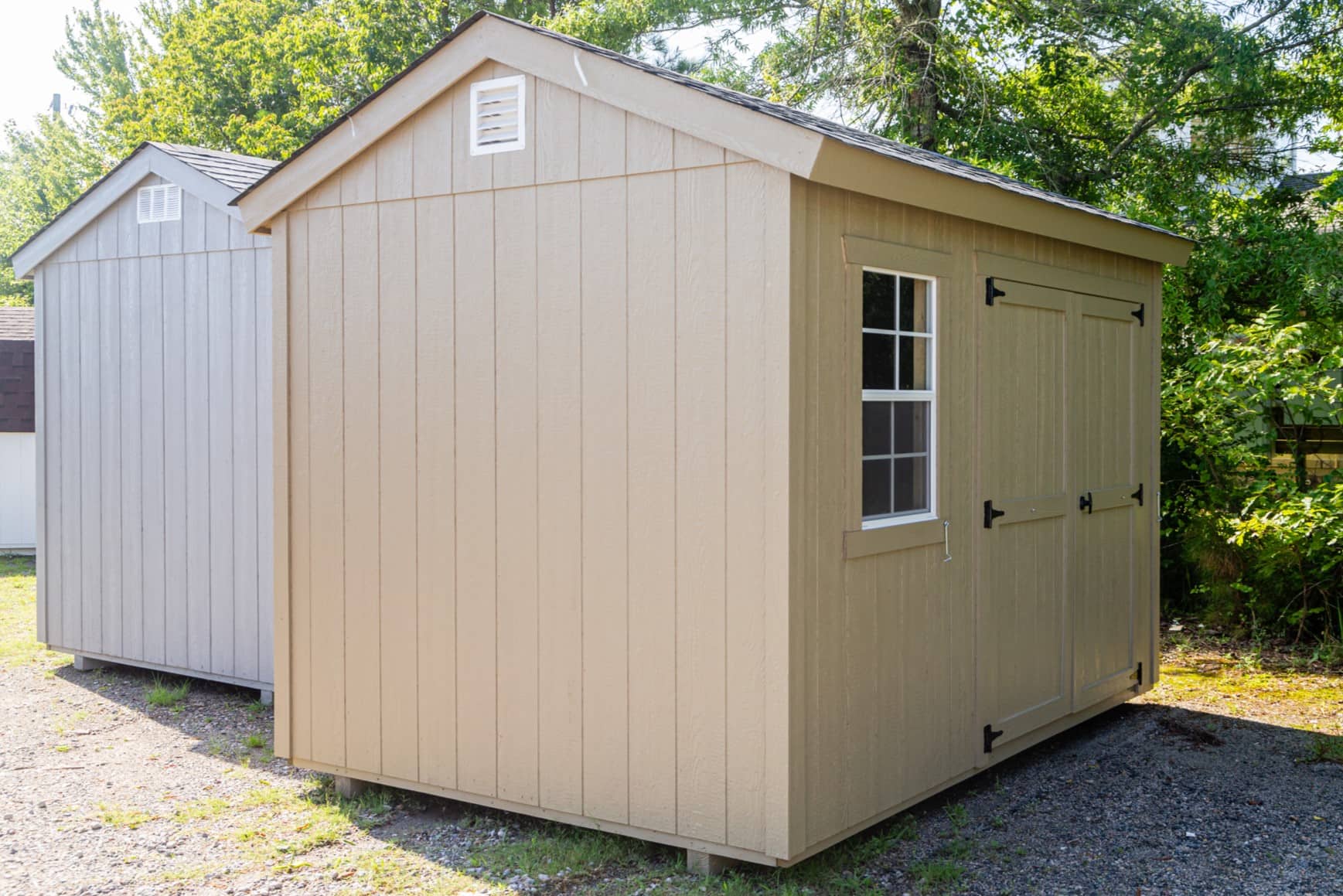


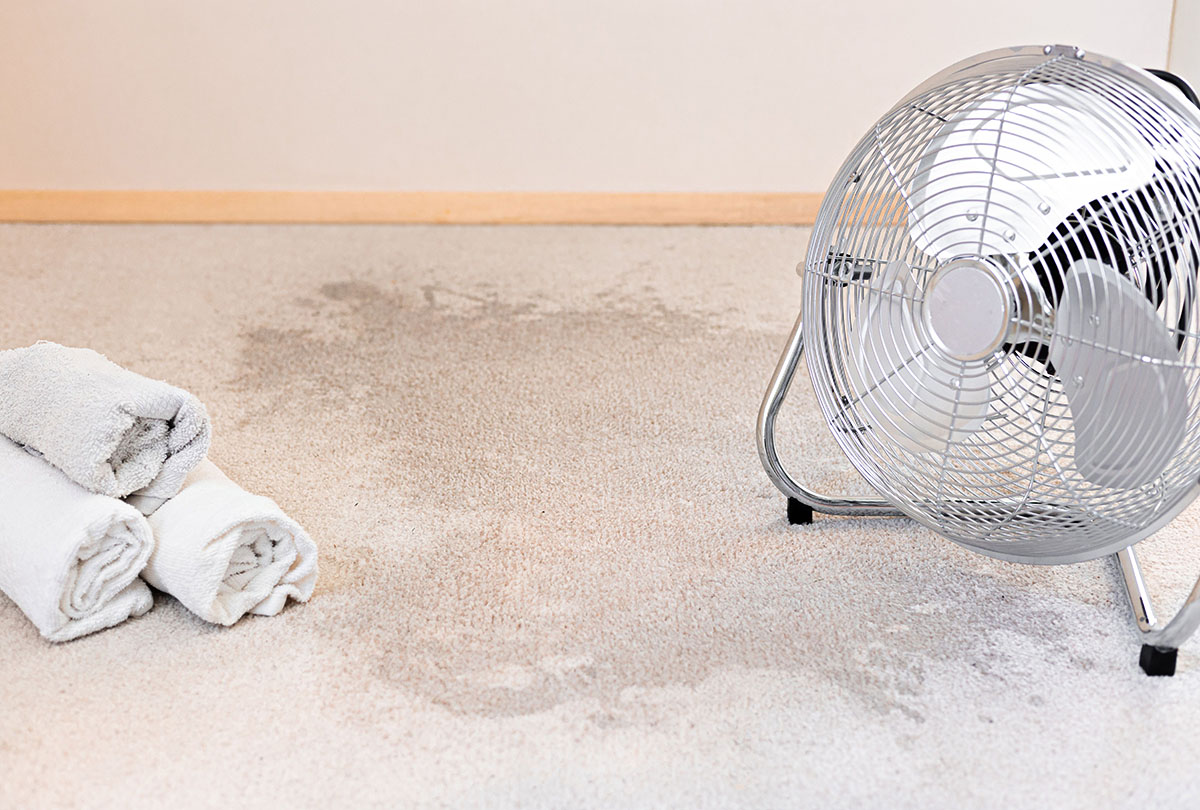



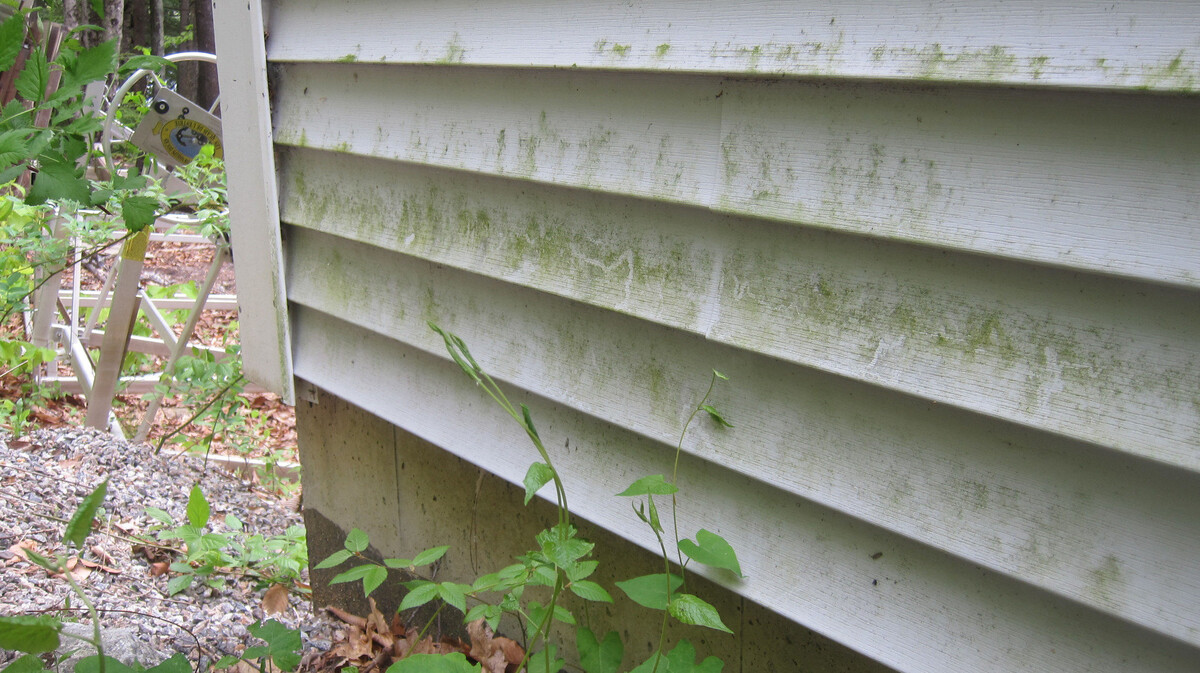
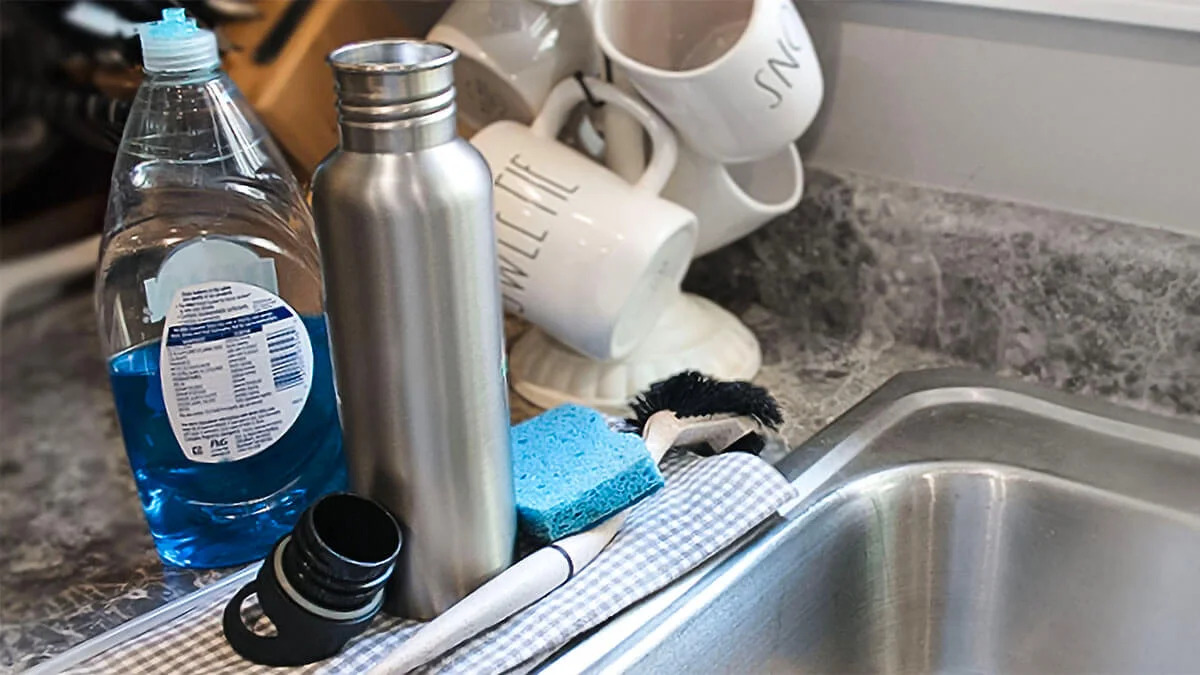
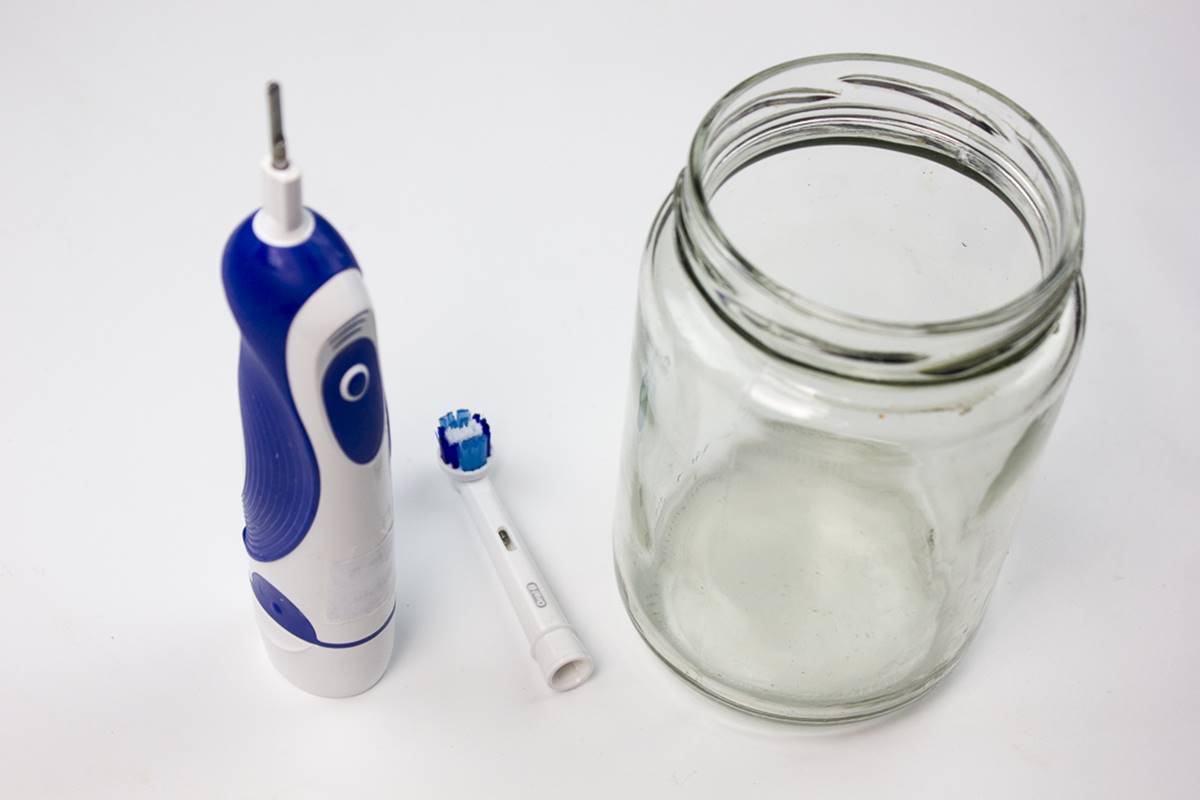
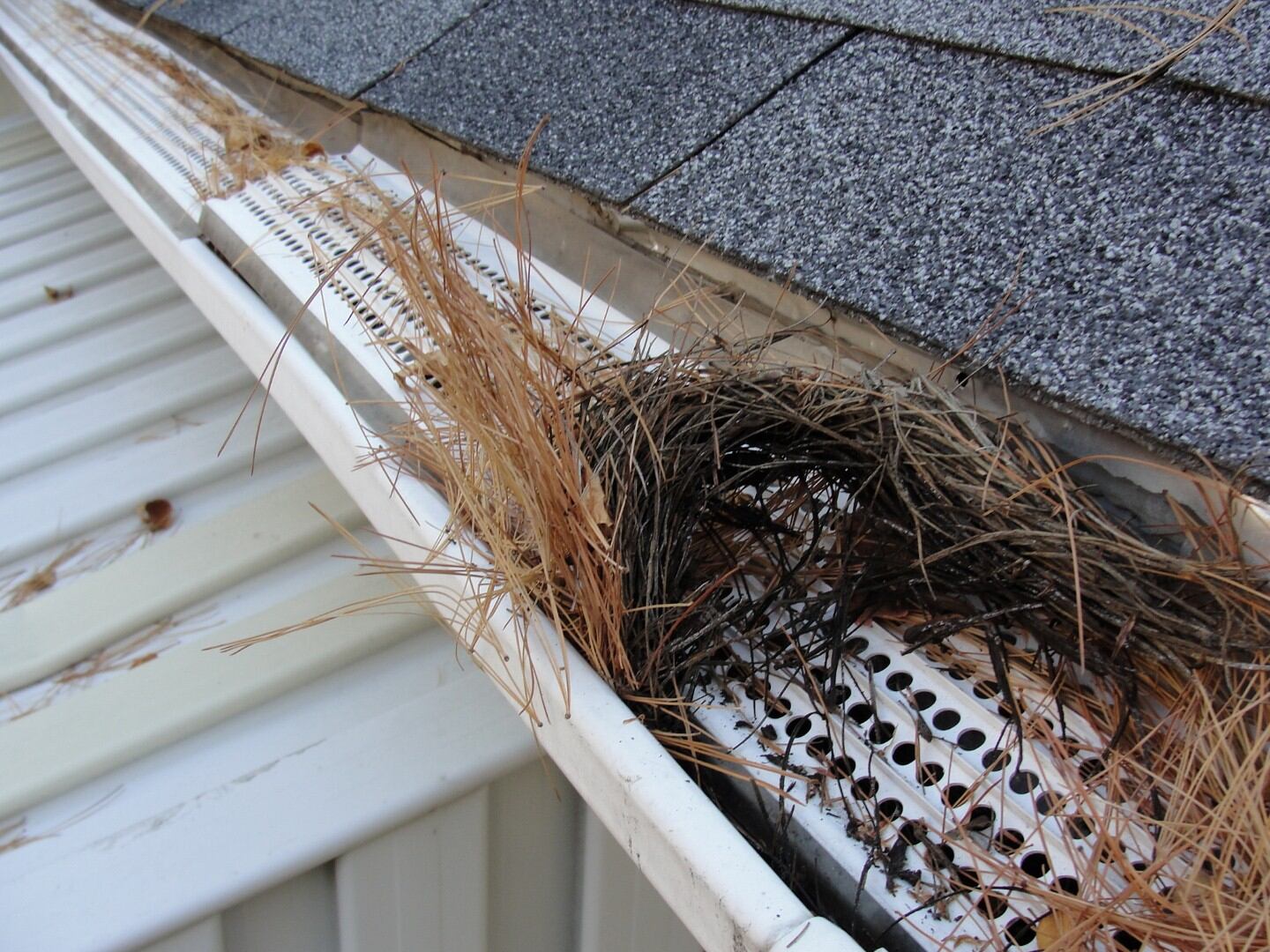
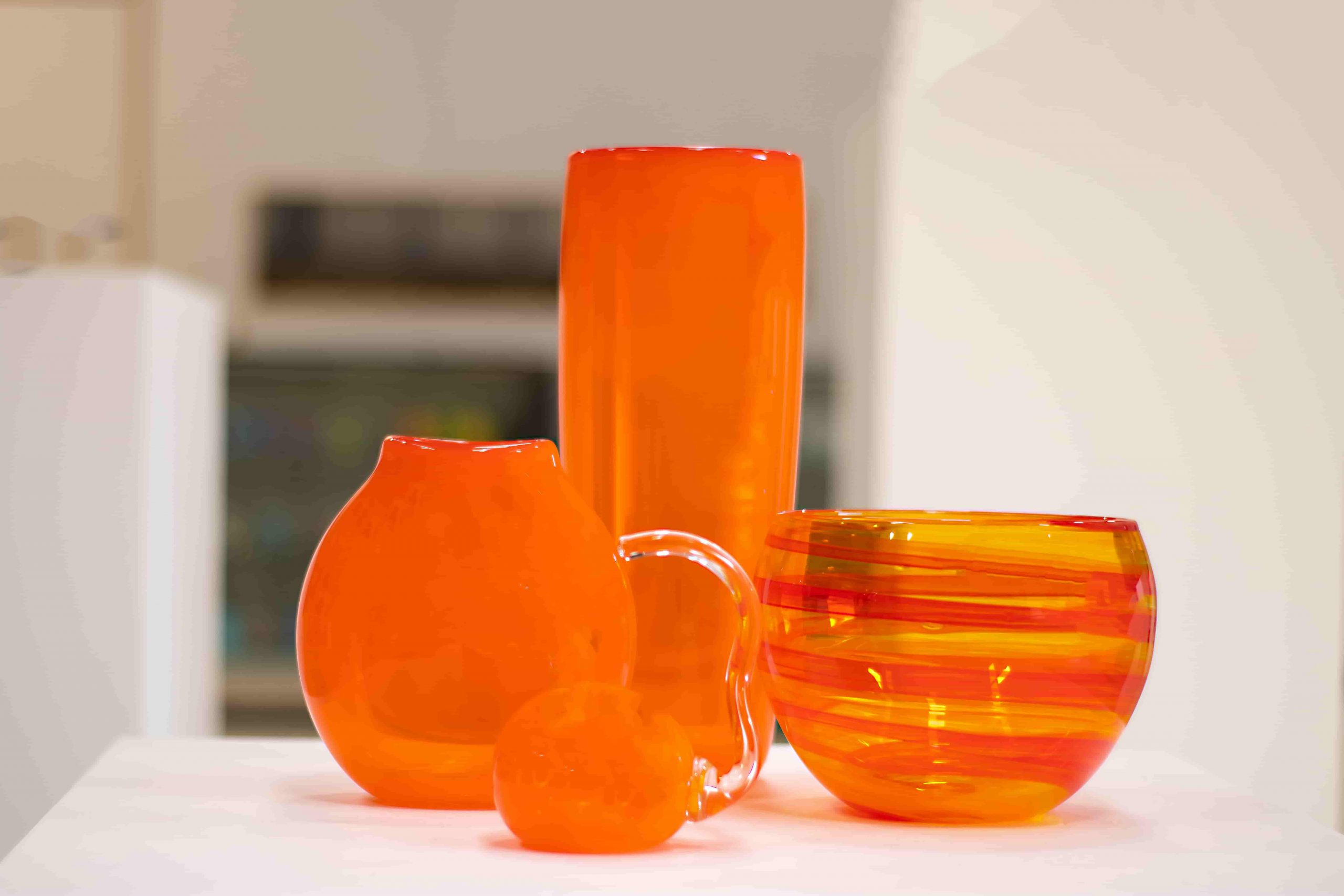


0 thoughts on “How To Prevent Mold On Toothbrush”